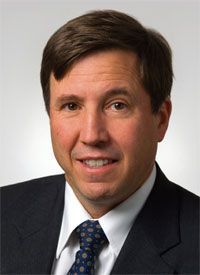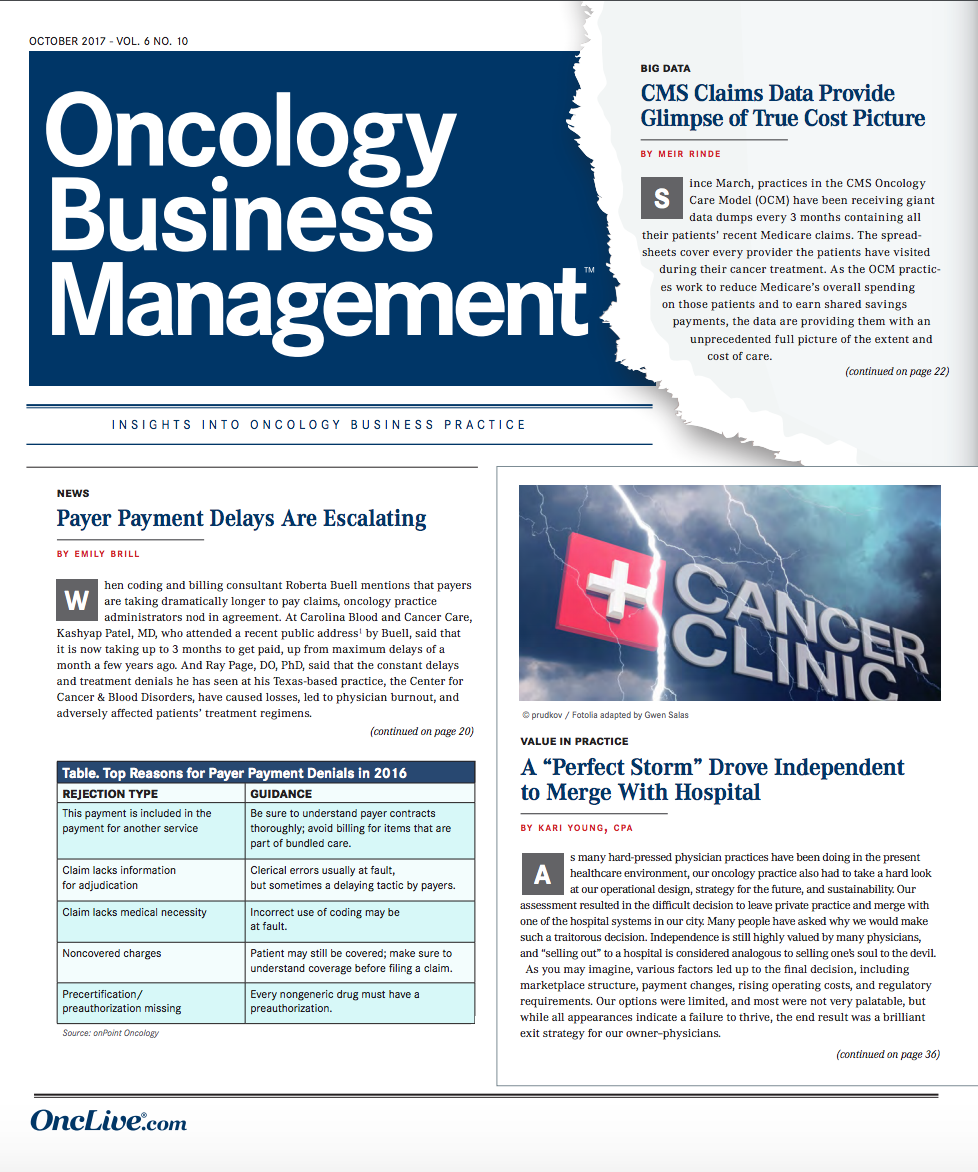Publication
Article
Special Issues
The Quirky Way Physicians Are Paid
Author(s):
In community oncology, the complexity and cost of therapy and therapy administration have caused the cost of delivering a service to rise disproportionately relative to actual payment.
Andrew L. Pecora, MD, editor in chief,John Theurer Cancer Center at Hackensack Meridian Health

Andrew L. Pecora, MD
Many physicians contend that what they receive for a unit of service is less than what is needed to remain in business and has not kept pace with inflation over the past decade. In community oncology, the complexity and cost of therapy and therapy administration have caused the cost of delivering a service to rise disproportionately relative to actual payment. This problem is exacerbated by how payment is received. Unlike a hospital with a diverse revenue stream and the ability to offset losses through charitable donations and other services, a private practice—particularly an oncology practice—is on a razor’s edge because of the high cost of new therapies, the salaries for administration and support staff (pharmacists, technologists, and nurses), costs for facilities and equipment (hoods and chairs), and billing.
With diminishing revenue for service events and rising costs to deliver that service, private practices are facing make-or-break business scenarios that will test their revenue-cycle efficiencies. Compared with oncology centers, there are very few retail businesses (in fact, I can’t think of one) that buy inventory, pay for infrastructure and staffing, and have customers (clinically speaking, patients) who come to the business location, receive a service, and then pay nothing or just small portion (co-pay) of what that service is worth, then leave it to a third party to remit the larger remaining payment. What’s more, the third party cannot be expected to pay for that service for a minimum of 30 days and, in some cases, over 100 days. It is not infrequent that the provider has to overcome a denial for payment, and up to 10% of the time the provider won’t be paid at all.
Imagine a hypothetical board meeting at Starbucks Corporation where a newly hired CEO tells the board how he intends to increase same-store sales. He explains that it currently costs Starbucks $2.50 to deliver a small “skinny latte,” the company marks up its drinks 100%, and so customers pay $5 out of pocket for that latte. In turn, that 100% markup enables Starbucks to pay for business growth and provides for an adequate shareholder return. The new CEO then explains his new business model for growth: “Our stores will sell the latte for $5, but at the time of purchase we’ll collect only 50 cents. We’ll then submit a bill (claim) to a third party (insurance company) to receive the remaining $4.50 and, please be advised, it will take up to 100 days to get paid. About a third of the time we’ll have to resubmit our bill because it has been denied, and up to 10% of the time we will not get paid at all. In addition, for full disclosure, while we expect to receive $5, the third party actually gets to decide what we are paid (fee schedule) for the latte.” How long do you think before that new CEO gets the boot?
Now, of course, coffee and healthcare are not the same. Also, people choose to buy coffee and do not necessarily need it, whereas in healthcare you do not choose to need cancer care. Also, it is unfair to compare $5 for coffee with the thousands of dollars needed for healthcare, although I could have used a car purchase in my example. Here is the part that is missing: The fundamentals of running a business are the same for coffee, cars, and running an oncology practice. Without a reliable flow of revenue, you cannot sustain a business. Methodologies for improving revenue-cycle management exist but are costly. We are at a tipping point for private oncology practices, and it is up to payers whether we right the ship or go all the way over.
Our feature on payment delays this month details some of the hardships imposed when payers have too much control.









